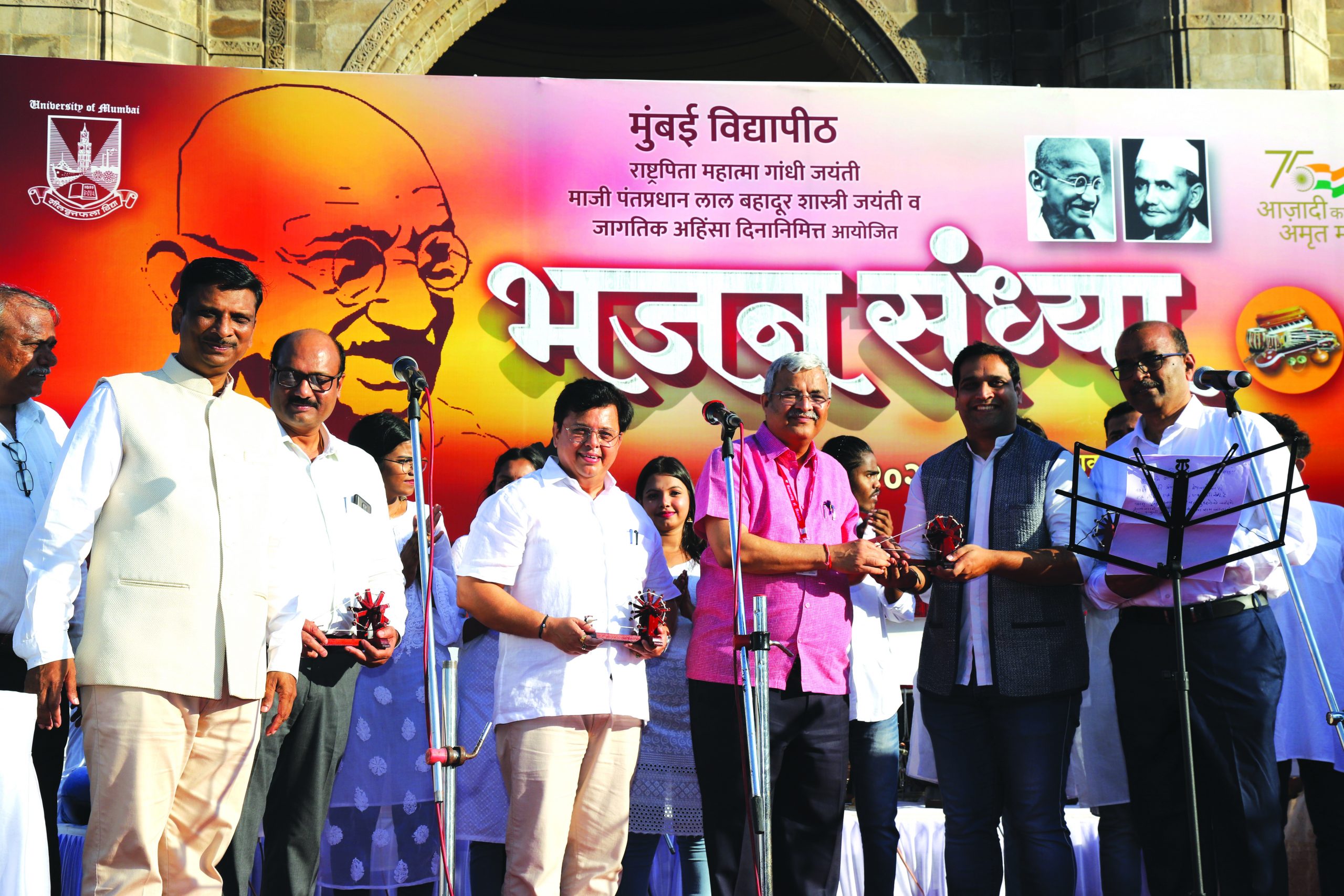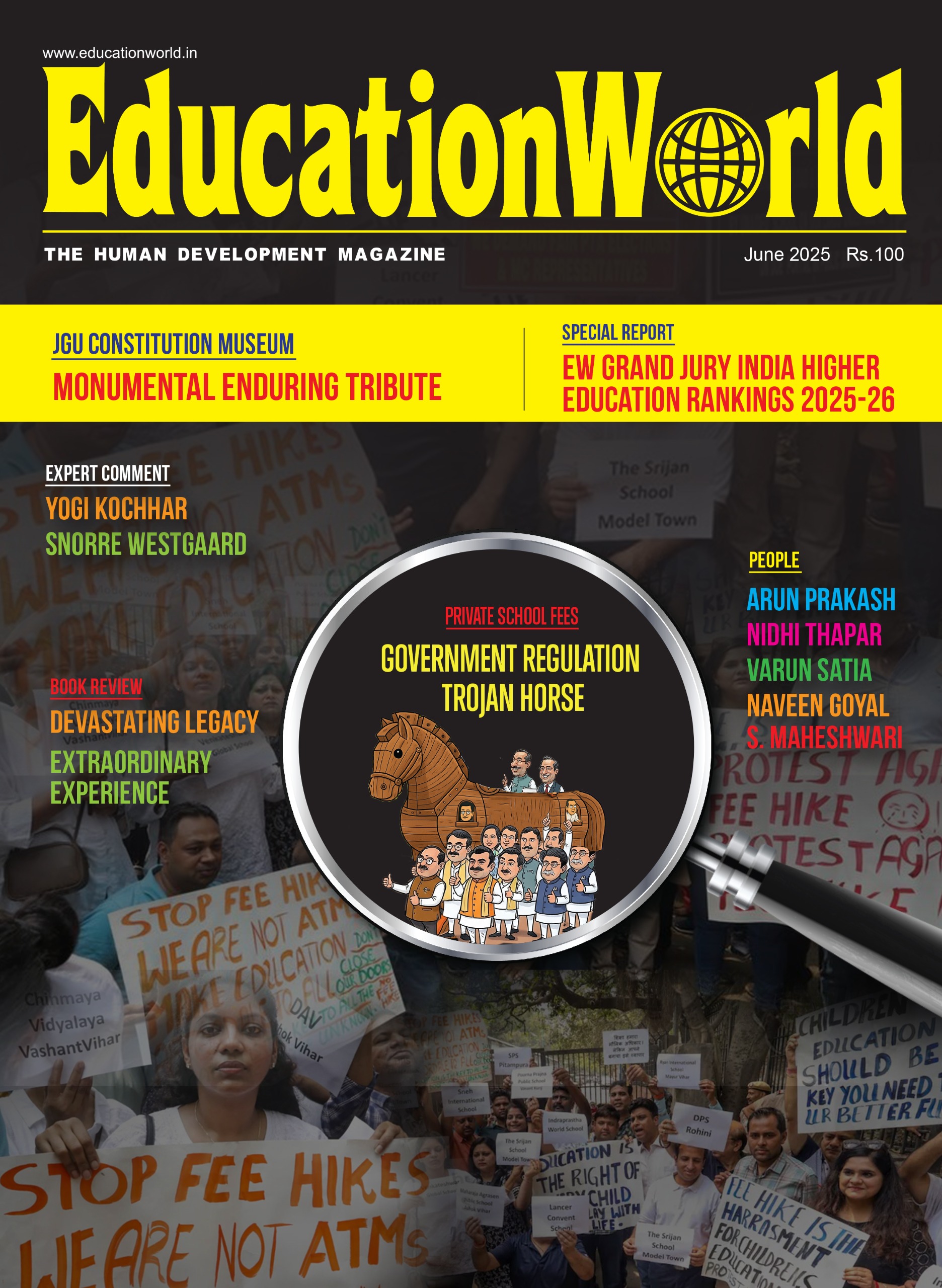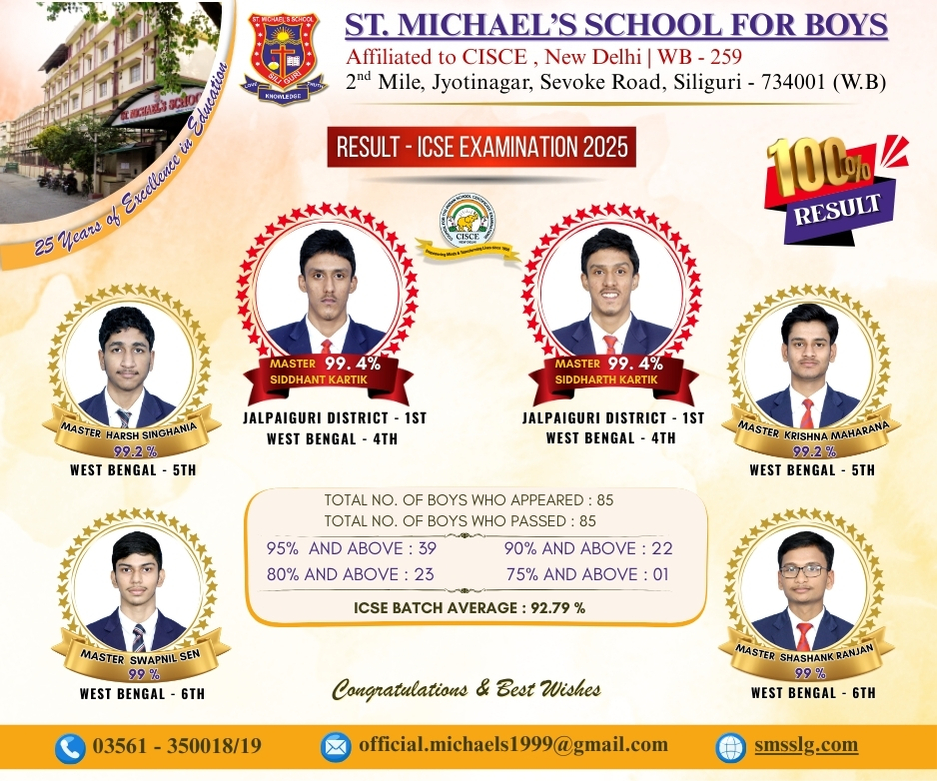It’s pertinent to note that India’s 657 government including 235 Central and 422 state government universities educate 73.1 percent of the total 41.3 million students in higher education

UoM’s Pro VC Prof. Ajay Bhambre (centre right): commitment proof
Although India’s fast multiplying new genre private universities constitute the glamour section of the annual EducationWorld India Higher Education Rankings (EWIHER), government varsities continue to be the dominant force in higher education. Of the country’s 1,113 universities, 657 are government-promoted (cf. 446 in the private sector), according to the latest All India Survey of Higher Education 2020-21 (AISHE). More important, 657 government including 235 Central and 422 state government universities educate 73.1 percent of the total 41.3 million students in higher education.
Therefore in 2020, the annual EWIHER, which until then rated and ranked only private universities, was expanded to also rank the best reputed Central and state government varsities inter se. Last year, in keeping with our commitment to continuously improve and refine our ranking surveys, the broad category of government (and private) universities was further sub-divided according to subject specialisations.
In EWIHER 2023-24, government universities are ranked in nine separate categories — multidisciplinary, law and humanities, natural and life sciences (including medical), engineering and technology, all-women, agriculture, physical sciences and sports, maths and research. This segregation eliminates apples and oranges type comparisons and makes it easier for school-leaving students and graduates to select government universities (whose tuition fees tend to be substantially lower) best suited to their aptitude and academic aspirations.
You cant read further without a subscription. If already a subscriber please Login or to subscribe click here





















